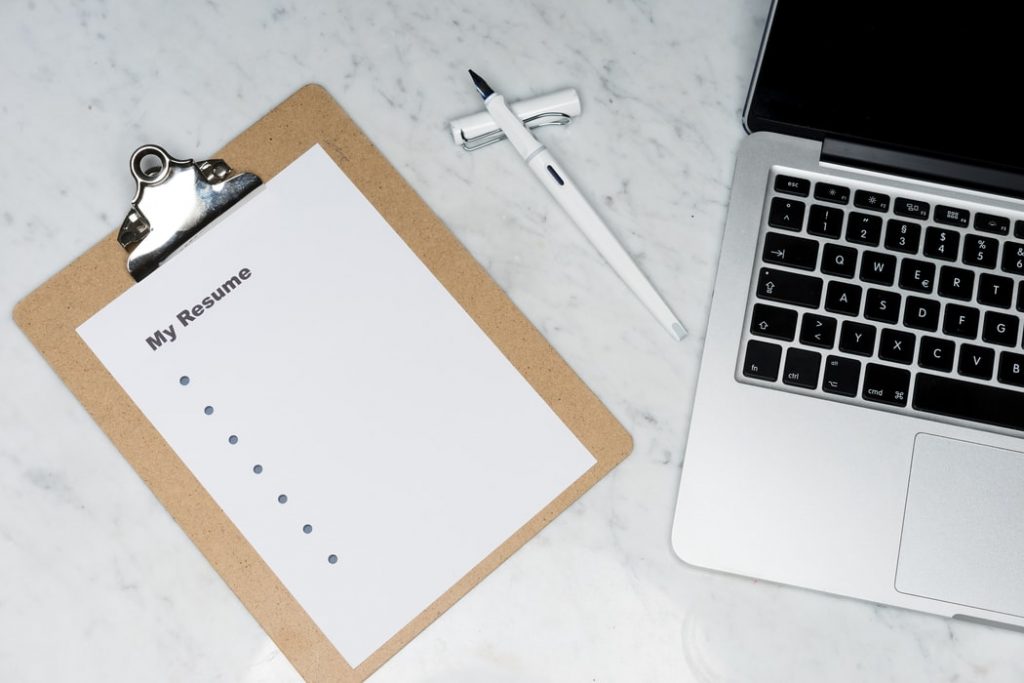
What is a professional resume?
Your resume is the most basic and important element of the job application and recruitment process. It is the very first thing your recruiters will see to obtain information about you and the qualities you can bring to the job. If your resume is not structured properly, it will probably end up in the rejected pile. It is important to make a good impression through your resume so that you have a good chance of proceeding to the next step.
Contact Information
The first line at the top of your resume should be your contact information, which includes your name, phone number, physical address, and email address. You might want to add a link to your personal website or your LinkedIn profile to give the recruiters a little bit more information about you. It is okay to change the color or the font to make this component of the resume stand out a little.
Resume Executive Summary
Below the contact information is a professional statement that can show your general qualifications for the job in simple sentences. It is important to write this executive summary as interesting and captivating as possible to make the recruiters want to continue reading your resume.
Generally, this part is written in complete sentences minus the first-person pronouns (“Detail-oriented Civil Engineer and PE with 5 years of experience”) or clear phrases (“5 years of experience in civil engineering and PE”). Stylistic choice doesn’t really matter, but what matters is consistency.
Education Section
Generally, the education section goes just below the summary. Each educational institution you attended or graduated from should be listed in order, and after naming each institution, the degree attained, the course of study, and the completion date should be stated. However, oftentimes, experienced, mid-career professionals opt to move this to a later section of the resume.
Work Experience Section
This is the section the recruiters will eye the most. Work experience section where you list all your previous positions in the workplace is the most crucial part of your resume. You can list these by chronology or by relevance, but as with other sections in the resume, what matters is consistency.
More specifically, this section should include company names, locations, employment dates, roles and titles you held and most importantly, bullet points containing action verbs and data points that detail the relevant accomplishments of each position.
Check out our article Best Resume Verbs to get an insight into which verbs are most appropriate for this section.
Work Skills Section
Your resume should finish off with the work skills section where you list and describe any special skills you have. Such skills may include your proficiency in multiple languages or any software tools, or coding programs. Be sure to add the skills that are specifically relevant to the job you are applying to. Let’s say that you are applying to a sales job where you have to deal with various customers, some skills you can use are “Interpersonal skills,” “Active listening,” “Negotiation,” and “Communication.”
These skills, individually stated as they are above, are a bit too broad. So drill down on the detailed experience and successes you have demonstrated in specific ways. Use precise verbs and specific resume phrases to begin your bulleted lists, and show concrete examples of what you accomplished in your work roles.
Support Your LinkedIn Profile or Resume with a Strong Cover Letter
Along with your resume that includes the above elements, you might need to write a cover letter as well. A cover letter is a one-page document written to introduce yourself and your professional background. It is your chance to appeal to the recruiters. Unlike resumes, cover letters are written using full sentences. So it may seem more difficult to write cover letters. However, the good news is that cover letters don’t really require creativity or good writing skills. You just need to follow a specific format.
- Header
- Greeting
- 1st paragraph – Your top achievements
- 2nd paragraph – Why you want to work at the company
- 3rd paragraph – How your work experience, skills meet the job requirements
- Formal closing
Use a Professional Editing Service
Especially if it is your first time writing a resume or a cover letter, you might want to get help by using a professional editor. Check out Wordvice’s complete list of English editing and proofreading services, including our resume editing services and cover letter editing services, for revision of all your professional application materials.
Additionally, try Wordvice AI’s online AI Writing Assistant for free and get instant AI proofreading and AI paraphrasing for any type of document.
And use our professional essay editing services when writing your admissions essays to apply to schools and programs.








